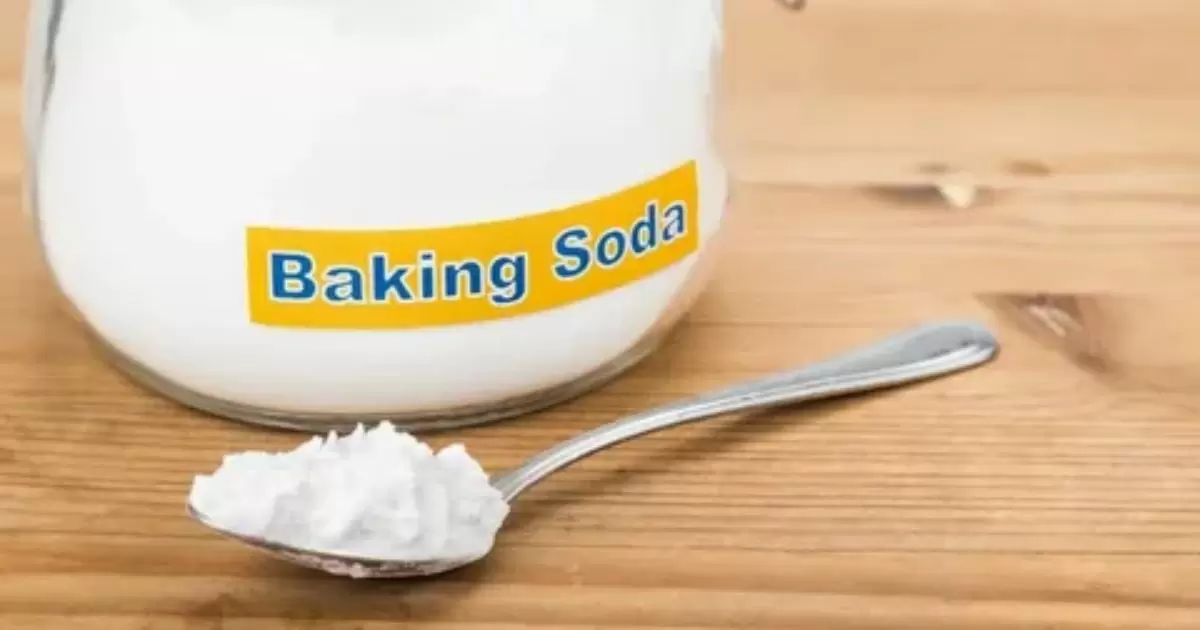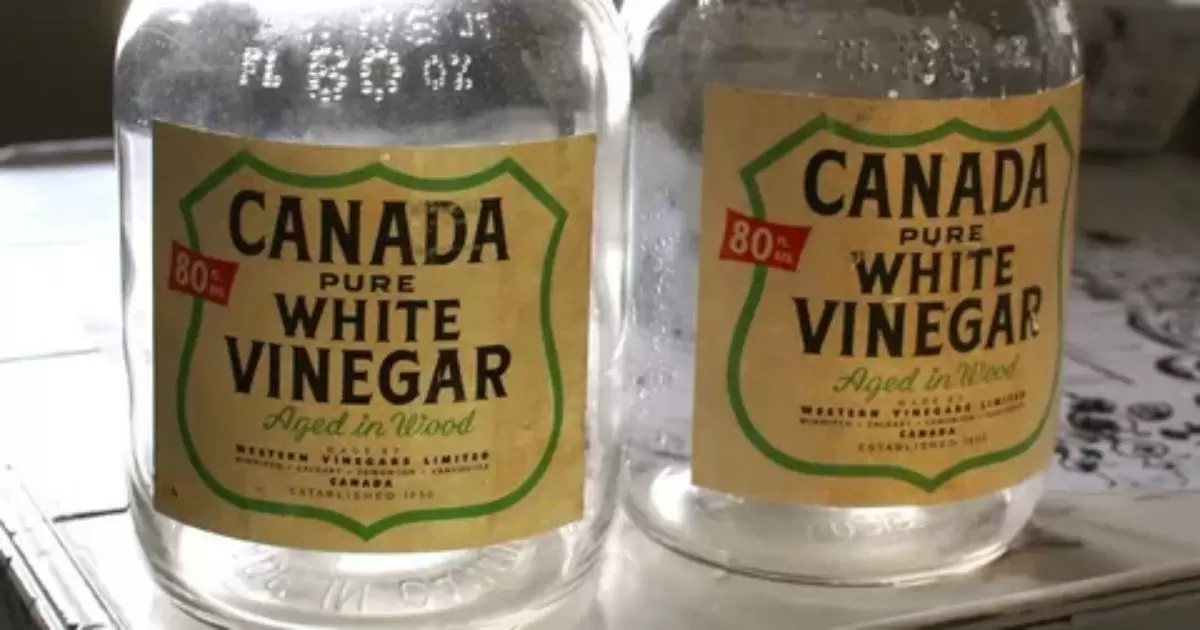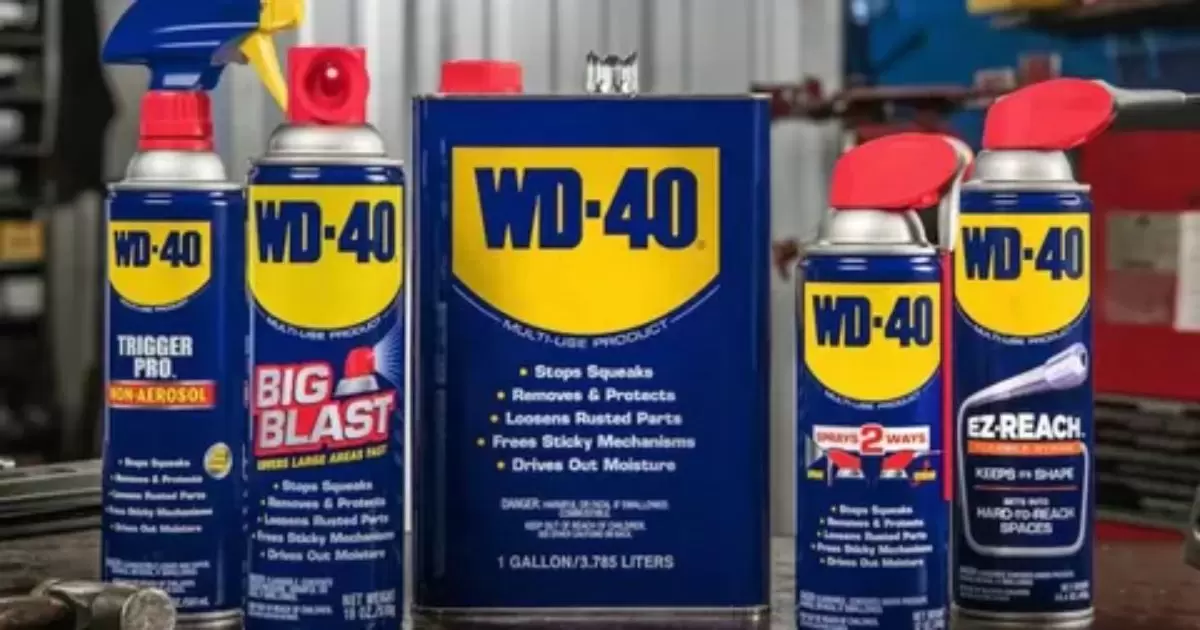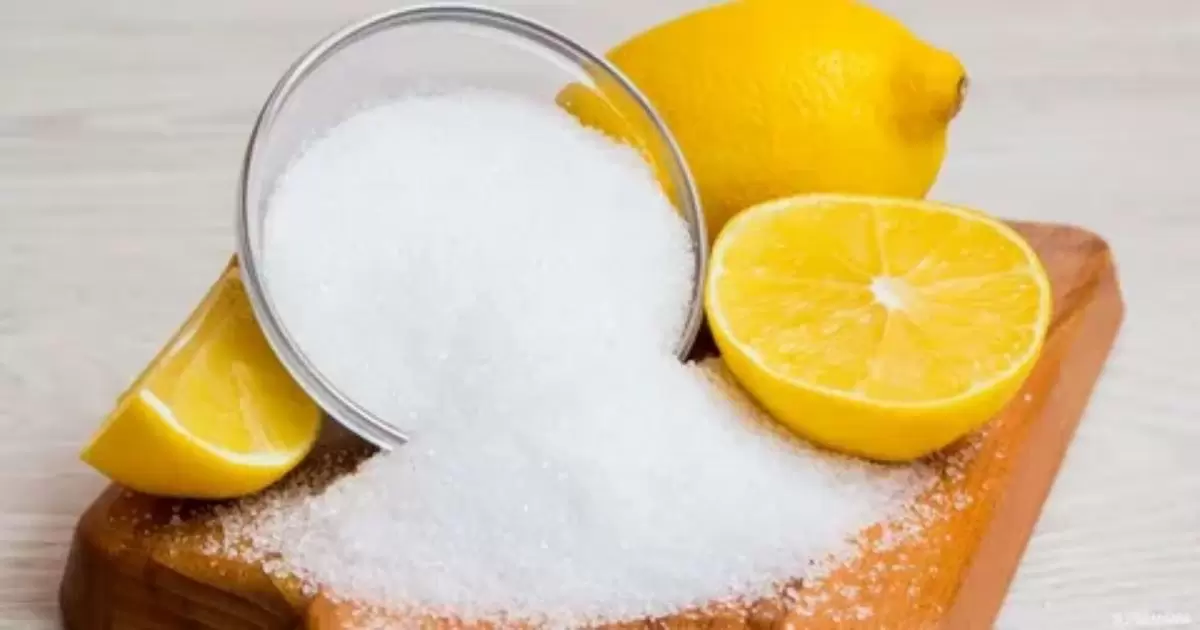Removing rust from stainless steel involves breaking down the oxidized iron compounds that form those unsightly brown spots or patches. It’s essential to do this correctly to avoid damaging the surface of your stainless steel. The right methods can restore the shiny, corrosion-resistant finish that stainless steel is famous for.
Stainless steel is meant to be, well, stainless! So, seeing those stubborn rust spots is frustrating. But don’t worry – there are ways to fight back. If you’re wondering how to remove rust from stainless steel?, you’ve come to the right place.
Rust can threaten the appearance and performance of stainless steel items from kitchen sinks to appliances to outdoor tools. Removing rust promptly helps extend the lifespan of your stainless steel and maintains its sleek look. Whether you’re using common household items or specialized products, the process can be surprisingly simple. Keep reading to get useful information about it.
Understanding the Foe: What Causes Rust on Stainless Steel?
Unlike regular steel, stainless steel boasts a secret weapon: chromium. This special ingredient reacts with oxygen to form a thin, invisible layer of chromium oxide. This protective layer shields the iron within stainless steel, preventing rust formation. However, this shield can be breached:
- Mechanical damage: Scratches, abrasions, or harsh scrubbing can weaken the chromium oxide layer, exposing the iron underneath to potential rust.
- Chemical attacks: Harsh cleaning agents, bleach, or chlorides (like salt) can damage the chromium oxide layer.
- Moisture and oxygen: Constant exposure to water and oxygen, especially in areas with high humidity, can promote rust formation.
- Cross-contamination: Contact with rusty iron or carbon steel tools or dust can transfer iron particles to the stainless steel surface. These iron particles then rust, creating the illusion that the stainless steel itself is rusting.
Effective Strategies to Remove Rust from Stainless Steel
Now that we understand the enemy, let’s explore our weapons. Here’s a detailed breakdown of different methods to remove rust from stainless steel, tailored to various scenarios:
Light Rust Removal
There are some techniques to remove light rust from stainless steel.
- Baking Soda Paste:
A gentle giant, baking soda is a fantastic choice for tackling light rust on surfaces like sinks, appliances, or cutlery. Mix baking soda with water to create a thick paste. Apply the paste generously to the rusted area. Let it sit for 30 minutes, allowing the baking soda’s mild abrasive properties to work their magic. Gently scrub the area with a damp, non-abrasive sponge in the direction of the grain (remember, scrubbing against the grain can cause scratches!). Rinse thoroughly with clean water and dry completely with a microfiber cloth.
- White Vinegar Soak:
For small objects or mild rust, white vinegar’s acidic nature proves effective. Simply submerge the affected item in white vinegar for several hours or overnight. The acetic acid in the vinegar will dissolve the rust particles. If some stubborn rust persists, a light scrub with a soft brush might be necessary. Rinse thoroughly with clean water and dry completely.
- WD-40
WD-40 is another readily available product that works well for mild rust removal on stainless steel. Simply spray it directly onto the rust-affected area and let it sit for about 10 minutes. The solvents in the WD-40 formula help loosen and lift surface rust.
After letting it soak in, scrub the area using a plastic scouring pad, nylon brush or soft cloth to remove the rust the WD-40 lifted. Rinse thoroughly with clean water afterwards. Avoid using steel wool or other abrasives that could scratch the surface when paired with WD-40.
- CLR (Calcium, Lime, Rust) Cleaner.
While you can make homemade rust removal solutions as shown above, there are also pre-made cleaners designed for this purpose. CLR is a common product marketed as a calcium, lime, and rust cleaner. It uses lactic acid to break down rust deposits and other mineral buildup on stainless steel and other surfaces.
Simply spray CLR directly on stainless steel rust spots, let it work a few minutes, then wipe clean with a damp cloth. Rinse thoroughly with water afterwards. CLR is considered safe for most stainless steel. Follow instructions carefully and test on a small area first.
Moderate Rust Removal:
There are some strategies to remove moderate rust from stainless steel.
- Lemon Juice and Salt:
This natural powerhouse combines the citric acid in lemon juice with the scrubbing power of salt. Create a paste by mixing lemon juice and salt, or simply dip a cut lemon in salt. Apply the paste or scrub the lemon directly on the rusted area, following the grain of the steel. Rinse thoroughly with clean water and dry completely to prevent further rust formation.
Stubborn Rust Removal:
- Commercial Rust Removers:
When dealing with particularly stubborn rust on various stainless steel surfaces, commercial rust removers can be your saving grace. However, it’s crucial to choose a product specifically formulated for stainless steel. Always read and follow the manufacturer’s instructions carefully. As a safety precaution, test the product on a small, inconspicuous area of the stainless steel first to ensure it doesn’t cause any discoloration or damage.
Remember These Crucial Tips:
| Tips | Description |
|---|---|
| Always work with the grain | This prevents unnecessary scratches on the stainless steel surface. |
| Test before applying | Always test any method, even seemingly gentle ones like baking soda, on a hidden area to ensure it’s safe for your specific type of stainless steel. |
| Thorough drying is key | Moisture buildup is a breeding ground for future rust. Meticulous drying with a clean microfiber cloth is essential after cleaning. |
- Always work with the grain: This prevents unnecessary scratches on the stainless steel surface.
- Test before applying: Always test any method, even seemingly gentle ones like baking soda, on a hidden area to ensure it’s safe for your specific type of stainless steel.
- Thorough drying is key: Moisture buildup is a breeding ground for future rust. Meticulous drying with a clean microfiber cloth is essential after cleaning.
Prevention is Key: Keeping Your Stainless Steel Gleaming
Now that your stainless steel is back to its beautiful, rust-free self, let’s ensure it stays that way! Here are some preventative measures to keep your stainless steel looking its best:
- Banish harsh chemicals: Bleach and cleaners containing chlorides can damage the protective chromium oxide layer. Opt for gentle, stainless steel-specific cleaning solutions.
- Rinse away the enemy: Salt deposits can be corrosive. Make sure to rinse stainless steel appliances and tools thoroughly after use, especially those exposed to food preparation.
- Embrace the power of drying: Never underestimate the importance of drying! After washing or wiping down your stainless steel, ensure it’s completely dry to prevent future rust development.
- Consider a protective shield: For an extra layer of defense, especially on heavily used items, consider applying a specialized protective coating designed for stainless steel.
FAQ’s:
Why does stainless steel rust?
Stainless steel can rust if exposed to harsh chemicals, salt, or if the protective layer is damaged, exposing the metal underneath.
What’s the easiest way to remove rust from stainless steel?
A baking soda and water paste is a simple and effective way to tackle rust.
Can I use vinegar to remove rust?
Yes, vinegar’s acidity helps dissolve rust. Spray it on or soak rusty items in it.
Are there any other household items that remove rust?
Lemon juice mixed with salt creates a paste that can also work to remove rust.
How can I prevent stainless steel from rusting again?
Regular cleaning, avoiding harsh chemicals, and drying stainless steel immediately after contact with water will help prevent future rust.
conclusion:
Removing rust from stainless steel is important to preserve its appearance and integrity. While the rust itself may not harm the stainless steel, ignoring the problem can cause pitting and permanent damage. The key is to choose the right method based on the severity of the rust. For light rust, household items like baking soda, vinegar, or lemon juice work wonders.
More stubborn rust may require commercial rust removers specifically designed for stainless steel.Remember, the best defense against rust is prevention. Proper cleaning, rinsing, and drying of your stainless steel items will go a long way in keeping them rust-free and sparkling for years to come.



